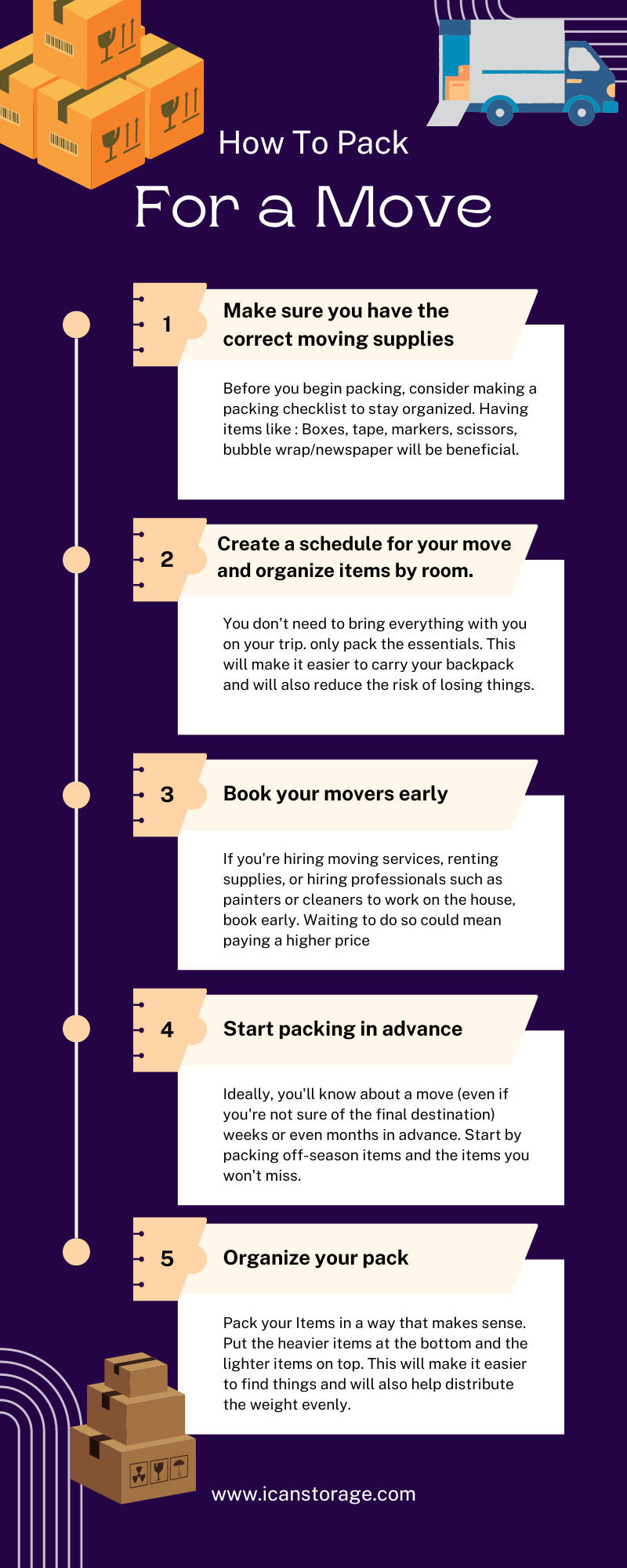To be successful in the business world, you need to possess strong business acumen. It’s a skill that you can learn and become more effective in your business.
Previous experience working in a corporate job does not guarantee that you will achieve success in the business world. Learning to run and manage a business requires a different set of skills. In fact, you could be working in the same position for years without any professional growth if you are unable to use your business acumen. So, how can you become successful and learn these essential skills?
Thankfully, everyone can learn skills to develop strong business acumen, which can help you make your business successful or even advance professionally in your career.
What is Business Acumen?
Business acumen is the ability to make a decision after analyzing a combination of available factors and then arriving at the best possible outcome under the given circumstances. It is not just something that is relevant for CEOs or other high-level corporate leaders. It doesn’t matter what level of position you hold in the company; understanding basic business acumen will directly have an impact on your job performance.
If you think about it, every single person in a company is a revenue-generating entity, and if all the company’s employees are not harmoniously working together, it will be nearly impossible to raise the company’s profits. The added benefit of employing business acumen in your job is that you can generally find success in your career, along with professional advancement.
The same holds true for one’s own business. The skills of business acumen are not just for top-level executives, but you will need to inculcate these skills in your employees to make it successful.
To perform your tasks admirably while remaining effective, you have to understand how your skills and expertise fit in the business setting – and to accomplish that, you need to develop strong business acumen.
However, business acumen does not just involve understanding the usual business issues. It entails understanding your specific business and making decisions that can positively affect your business. You will be empowered to try out different approaches with confidence and guide your teams so they can have the maximum impact on business growth.
Why is Business Acumen Important for Professionals?
Business acumen addresses some specific questions, such as:
- What drives the decision-making in the business?
- How does your business make profits?
- Which of the ongoing projects is a priority for the company in the market?
- How is the budget allocated and planned?
These are some of the technical thoughts that come to mind when it comes to business acumen. People believe that if you have a good sense of business acumen, you are technically inclined or your skill set lies in the same area. However, keep in mind that these are not the only skills that are essential for good business acumen. For someone in a software company, even without knowing the answers to these questions, a software engineer may have good business acumen.
At a minimum, a team leader should have some business acumen. Otherwise, employees are unlikely to feel empowered. A leader will not be able to drive the organization forward in a positive direction if they lack business acumen.
What are Business Acumen Skills?
Let’s find out more about some skills that can help you develop strong business acumen. These skills are learned through experience and observation, and they are just as important as the business technical knowledge that you can gain from any online MBA program you enroll in.
Problem-solving and strategic thinking
Creating successful plans to achieve company goals is an important aspect of business acumen. This capacity is enhanced by strategic planning and problem-solving.
You must also be able to prioritize in a variety of conditions. The priorities will not always be the same. As a leader, one must be able to use strategic thinking to solve problems on the fly. They must also be adaptable and solve a problem constructively rather than simply making it go away. To thrive in any market, a business must be able to adapt to change. Previous solutions may not always produce the same results for a team. Someone who has business acumen, on the other hand, can think on their feet.
Being comfortable with numbers
Understanding processes and financial indicators such as budgeting, forecasting, profit and loss, and reporting, is critical. Being familiar with these figures allows one to take the pulse of a company. It’s also useful to understand how to interpret a profit and loss statement, balance sheet, and cash flow statement.
Other numbers that are relevant when it comes to business acumen including what affects the bottom line, the basics of operations, what contributes to growth, and what drives cash flow.
Leadership
Someone with business acumen should also have excellent leadership qualities and talents. They can motivate people to satisfy the organization’s needs.
A capable leader can prioritize and adjust priorities to keep the focus on what is most important, even when situations change.
Marketing
Someone with business knowledge understands their target demographic. However, they must also learn how to identify the target audience. They also understand how to develop important marketing aspects to target that audience. Furthermore, they must understand KPIs to track and measure growth.
This does not mean that you must be a marketing specialist to have commercial insight. However, understanding the fundamentals is an important element of developing acumen skills.
Effective communication and influence
Communication is an important talent that contributes to business acumen. It is critical to understand how to communicate successfully with others to help everyone perform more effectively.
Someone with commercial acumen understands what is important to various audiences and stakeholders. They know how to express a strong vision and explain it. This effective communication can be used to build relationships within your project or team to get better results.
Analytical abilities
Analytical abilities are an essential component of business acumen. As an individual with good business acumen, you are expected to collect and analyze information, connect the dots between important data points, understand problems from different angles, and acknowledge that shared information can be rare and invaluable.
Contextual and situational awareness
A business-savvy individual with a good sense of business acumen understands how their activities affect the organization for which they work in a range of settings. They have the emotional intelligence to comprehend how team members feel about a given scenario and are prepared to deal with it appropriately.
This is a manifestation of self-awareness. Without self-awareness, it’s difficult to grasp how your activities will impact an organization.
Understanding the market
Understanding the market in which your business is based is not the same as having marketing skills. This essential skill for business acumen involves understanding the industry that you are working in. What is the situation in the marketplace?
For example, if you understand the market, you will know how to perform a competitive analysis, how to keep track of industry trends, and ultimately, how to make changes depending on the demand in the industry and market.
Identifying stakeholder requirements
Every company has a number of stakeholders; even customers are unaware participants in your business decisions. Other stakeholders may include employees, partners, or investors in the company, depending on the type of organization involved. It might be difficult to balance the needs of these diverse parties.
Understanding the objectives of each of your organization’s stakeholders and factoring that into your decision-making is part of practicing business acumen.
Strategies to Develop and Strengthen Your Business Acumen
Now that you are familiar with some of the essential skills for an individual with good business acumen, let’s find out what you can do to build them up.
- Understand the business model: A thorough understanding of your company’s business model is essential for building good business acumen. This should go beyond a simple understanding of how the firm produces money and delve into many parts of the business, such as the company’s supply chain and business life cycle. Understanding the importance of talent acquisition and the types of skills that enable a person to flourish in their profession is another component of the business model.
Recognizing the significance of talent acquisition and the kinds of skills that enable a person to flourish in their profession is another component of the business model. This is a type of HR business acumen that you need to use to ensure that the team you hire has the skills needed to make the business successful. In fact, there is some HR software that can scan and flag candidates with desired skills from a pool of qualified individuals without having to go through all the candidates.
Marketing is also an important part of the business model that should be studied effectively. Understanding the marketing objectives of the organization, along with essential marketing concepts such as positioning strategy, customer segmentation, and the four marketing principles, will help you improve your marketing knowledge.
The more you can put into understanding the business elements that influence your company’s potential to generate money, the more it will help you with all aspects of growing your business acumen, such as comprehending the business ramifications of your decisions.
- Dive deep into the financials of the business: You will need to become familiar with the financials of the business. Even if you are good with numbers, understanding the company’s financials will not come naturally. You will have to put in a good amount of effort to understand them.
Financial indicators are used in every company, and these data points assist you in focusing on what is important and serve as a means of measuring the success of your decisions. To acquire strong business acumen, you must comprehend the important numbers and financial processes that determine your company’s economic health.
Net income and customer lifetime value are some of the common financial parameters shared by all businesses, while others may be specific to your business category. For example, for a product-selling business, customer acquisition cost (CAC) can be important to identify how much the business is spending to drive a customer to make a purchase.
- Keep learning: Education is important for building business acumen. The reality is that you can’t always develop the necessary skills in the workplace, and if you’re an entrepreneur, there’s no larger organization to learn from.
You must search for information on your own. Signing up for a business class pertaining to your sector or trade is an excellent approach to gaining that expertise. You can start from the basics or go for advanced online classes with a specific mentor or coach. Learning from a mentor will help you create a solid foundation of wisdom for your business as you will get to learn from those who came before you and mastered the skill.
Some organizations even offer opportunities for business simulation. They give people theoretical scenarios to test their decision-making skills and financial knowledge. These simulations are not unlike those a pilot gets in the form of a flight simulator before being allowed to fly an actual aircraft.
- Listen to customers: Listening is one of the most important aspects of developing business acumen. Finding out what motivates your customers to buy from your business is essential. You want to understand their problems so you can analyze how your company’s services can help.
The more you know about your clients and customers directly, the more you will be able to find the best way for your organization to produce attractive products and services. It is also a great option to collect feedback about your products and services.
This is critical for improving business acumen since you are obtaining insight into the most important stakeholder, and it aids in all other business acumen abilities, such as focusing on the products that are most important to your clients.
How to Showcase Business Acumen Skills
If you’ve earned business acumen skills over the years, the way you present them is almost as important as how you apply them. Demonstrating your commercial expertise might assist firms in determining your worth.
This is applicable whether you intend to advance your career inside the same company or seek alternatives elsewhere.
Writing your resume effectively is important. Include all the relevant skills you possess, including analytical skills. Cite some examples of how you’ve used such skills to succeed in previous jobs.
You must also be ready to discuss strategic business factors in relation to the career you want. For example, if you are trying to join a company as a digital marketer, you should be ready to discuss how content will drive customers to the business.
A Final Word About Business Acumen
Excellent business acumen entails more than just comprehending business models and generating profit and loss statements (P&L). It is intended to test your capacity to think like a CEO.
Fortunately, business acumen is a skill that can be learned and developed, like any other great skill. It takes time to develop your business acumen, but once you begin, you can instantly start applying what you’ve learned. Over time, you’ll become an expert in essential business concepts such as pricing tactics and business development.
You can see that you are on the right track to improving your business acumen when you can make quicker decisions, adapt effectively when things don’t go as planned, and the outcomes of your decisions are frequently spot-on.
If you plan to move into leadership roles in your organization or you have your own business, it is essential that you build up your business acumen as soon as possible. Approach personal development with the aim of building a disciplined, consistent approach to assessing business problems and making informed choices, and you will certainly gain a strong sense of business acumen.
Follow BusinessBlogger for more!







